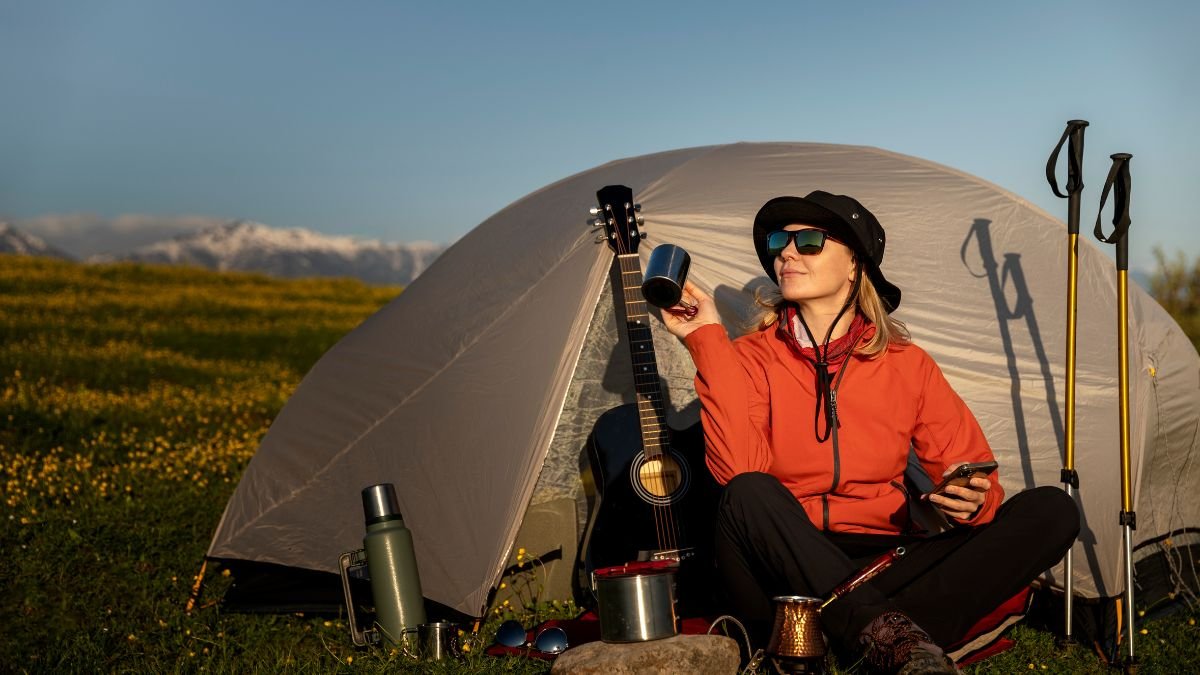While 331.9 million visitors crammed into America’s national parks in 2024, half were fighting for space in just 23 locations but the real adventure lies in the hidden gems they’re missing.
You planned your dream vacation to Yellowstone or Yosemite. You booked months ahead, paid premium prices, and drove hours to get there. Then you spent your day stuck in traffic jams and crowds instead of enjoying nature.
Millions of travelers battle the same frustrating experience at overcrowded national parks. Social media turned these places into must-see bucket list items, but the reality rarely matches the Instagram photos. You end up paying more for less actual outdoor time.
America has thousands of equally stunning destinations that deliver better experiences at lower costs. These national park alternatives offer the same scenic beauty without the headaches.
America’s 15 Most Overhyped National Parks (And Where to Go Instead)
Why America’s National Parks Became Victims of Their Own Success
Remember when visiting a national park meant finding peace in nature? Those days are gone. Now you’re more likely to spend your vacation stuck in traffic jams and fighting for parking spots than watching wildlife.
The Instagram Effect Hit Hard
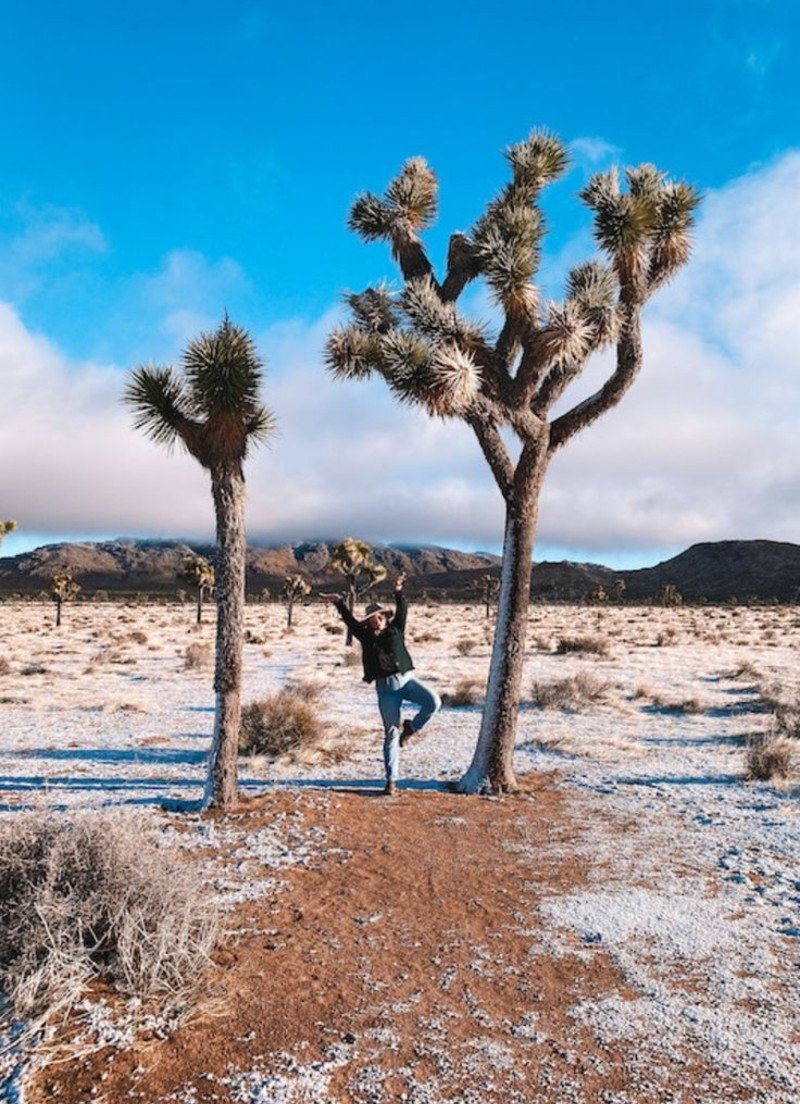
Casey Wichman, an economist at Georgia Tech, proved what park rangers already knew. His research found that parks with high social media exposure see 16 to 22% more visitors than parks that stay off Instagram feeds. That’s not a small bump. That’s millions of extra people showing up with cameras.
Joshua Tree tells the same story. It sits just hours from Los Angeles, making it perfect for weekend trips. Add Instagram’s love for those weird Dr. Seuss trees and alien-looking rocks, and you get a 300% visitor increase. The park that used to offer solitude now requires advance planning just to get inside.
The Numbers Tell the Story
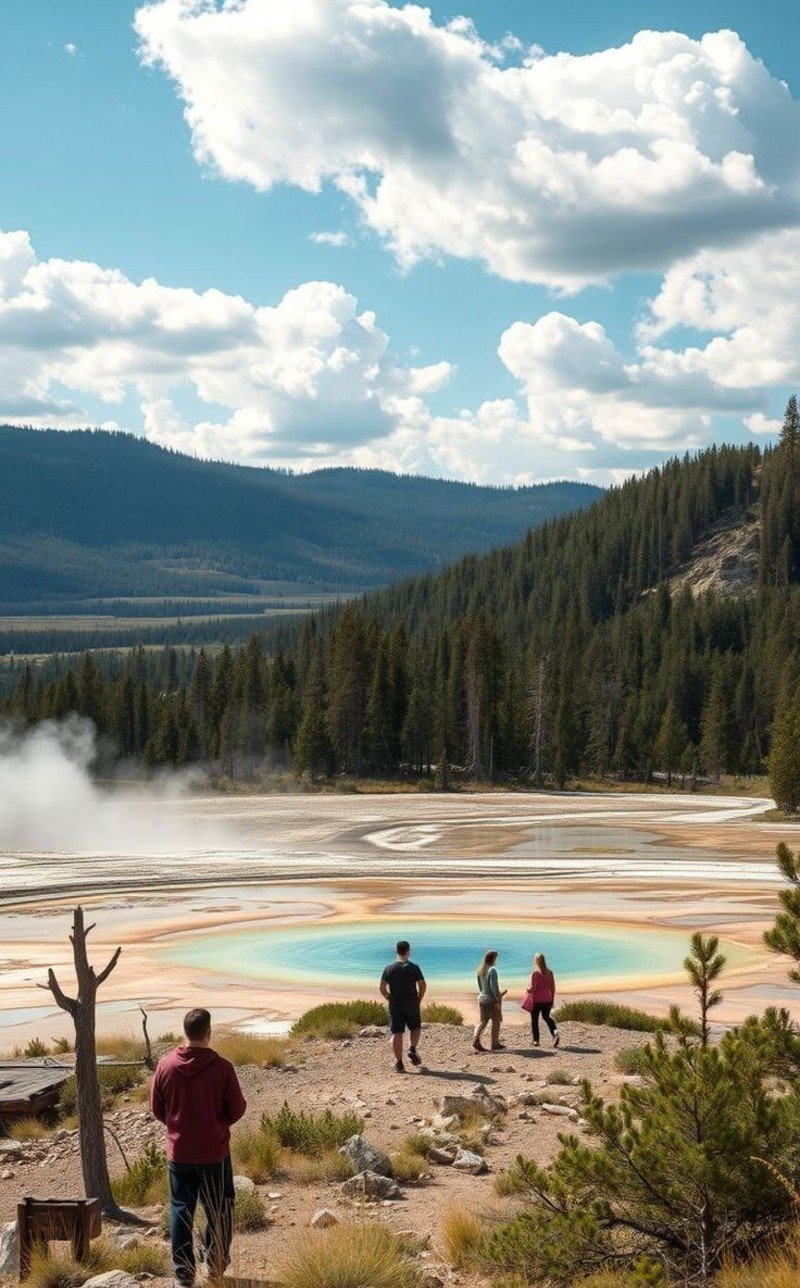
2024 broke every record. Americans made 331.9 million visits to national parks. That’s a 73% increase since 2000. Think about that. Nearly three times more people are cramming into the same amount of space.
Great Smoky Mountains alone hosted 12.19 million visitors in 2024. That’s more than the population of Michigan visiting one park. Half of all national park visits happen at just 23 locations. The math doesn’t work.
When Success Becomes a Problem
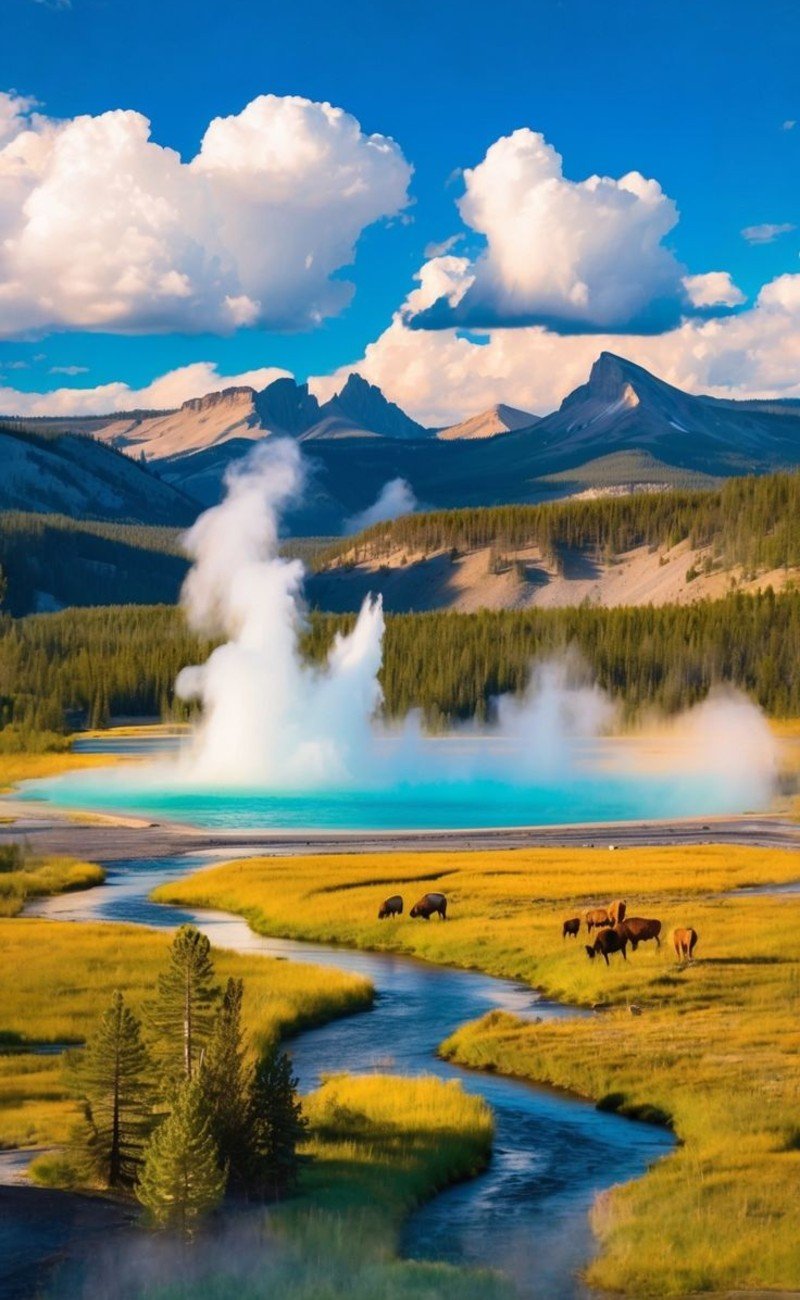
Park budgets can’t keep up. The government proposed cutting $1.2 billion from the park service budget in 2025. That means laying off 1,000 staff members just when parks need more help managing crowds.
Social media created a bucket list mentality that’s killing the places we love. Everyone wants the same Instagram shot from the same famous viewpoint. But here’s what they don’t tell you: the real magic happens in places that don’t make it to your feed.
The 15 Most Overhyped National Parks (And Their Superior Alternatives)
You planned the perfect vacation. You booked months ahead, paid premium prices, and drove hours to see America’s most famous parks. Then you spent your day in traffic jams and crowds instead of enjoying nature.
#1. Great Smoky Mountains → Cumberland Gap National Historical Park
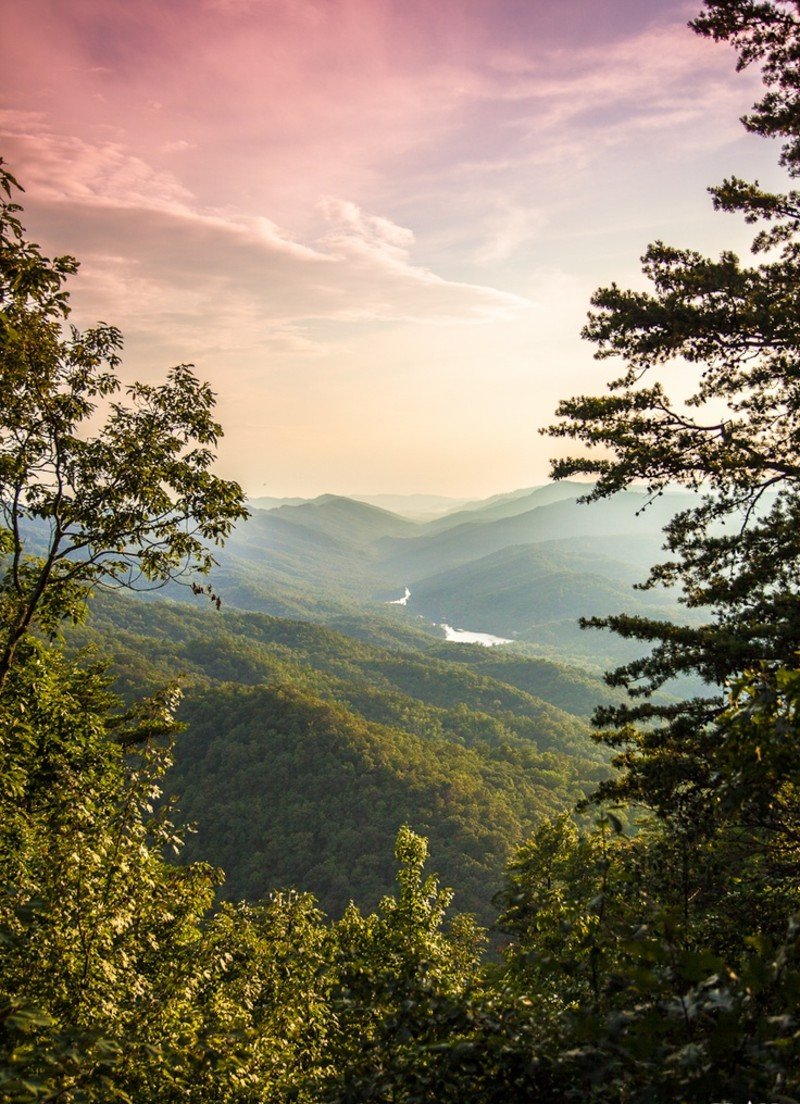
12.19 million people visited Great Smoky Mountains in 2024. That’s more people than live in Ohio. You’ll spend more time looking at other tourists than at mountains.
Cumberland Gap National Historical Park sits where Kentucky, Virginia, and Tennessee meet. You get the same Appalachian beauty with 99% fewer crowds.
The Pinnacle Overlook gives you views of three states without fighting for photo spots. Gap Cave takes you underground through Civil War history. Unlike the Smokies, you can bring your dog on most trails.
#2. Zion → Snow Canyon State Park, Utah
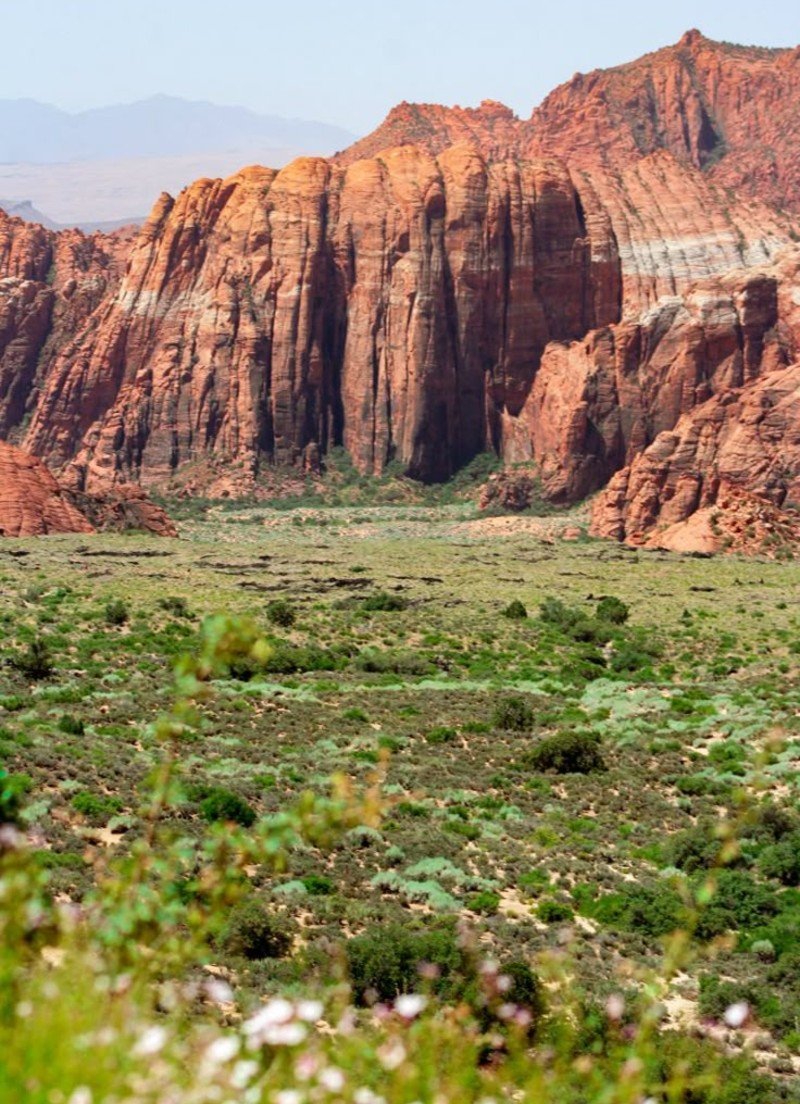
Zion’s shuttle system creates lines that stretch for blocks. You need reservations just to ride a bus. The popular trails require permits you book months ahead.
Snow Canyon State Park sits 45 minutes from Zion with the same red rock magic. No shuttles. No permits. No crowds.
The park runs 10 to 15 degrees cooler than Zion thanks to higher elevation. You can drive your own car to trailheads. The Hidden Pinyon Trail leads to slot canyons just like Zion’s famous Narrows, but you might have them to yourself.
#3. Yellowstone → Lassen Volcanic National Park, California
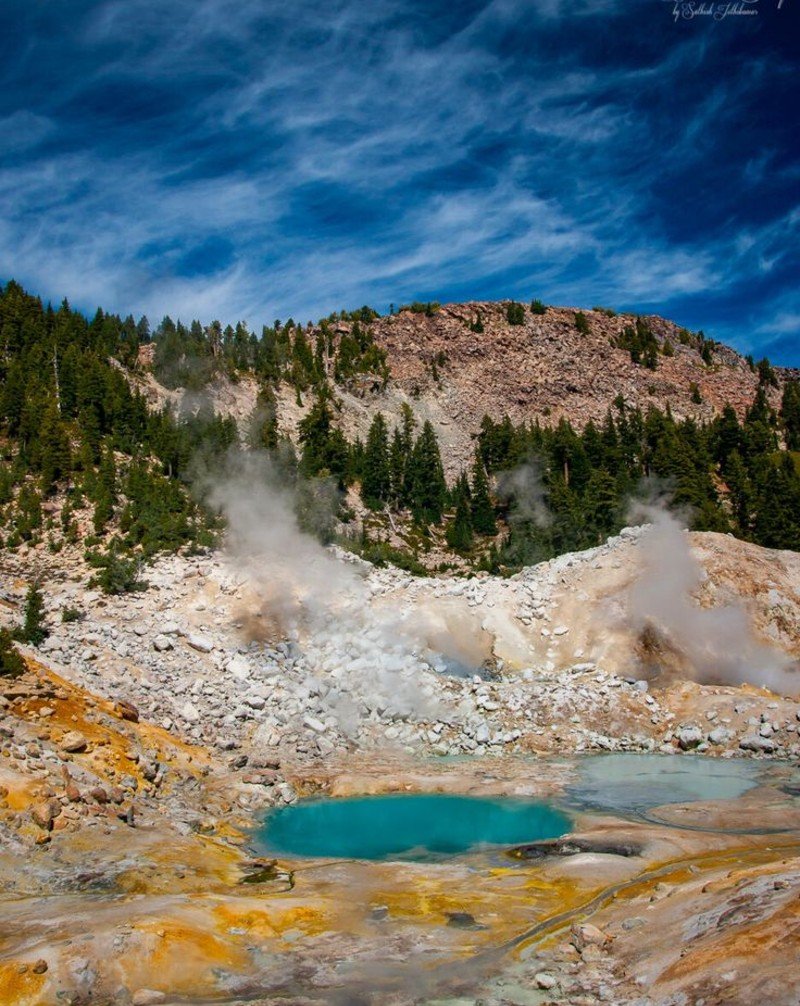
Yellowstone hosts 4.5 million visitors who all want to see Old Faithful. You’ll wait in traffic jams longer than the geyser takes to erupt. Hotel rooms cost $400+ per night.
Lassen Volcanic National Park has the same bubbling mud pots and steaming hot springs. Bumpass Hell covers 16 acres of thermal features. Terminal Geyser shoots water 40 feet high.
Under 500,000 people visit each year. That’s 90% fewer crowds than Yellowstone. You can actually hear the bubbling mud instead of tour group chatter. Camping costs $26 per night instead of hundreds for hotels.
#4. Grand Canyon South Rim → Black Canyon of the Gunnison, Colorado
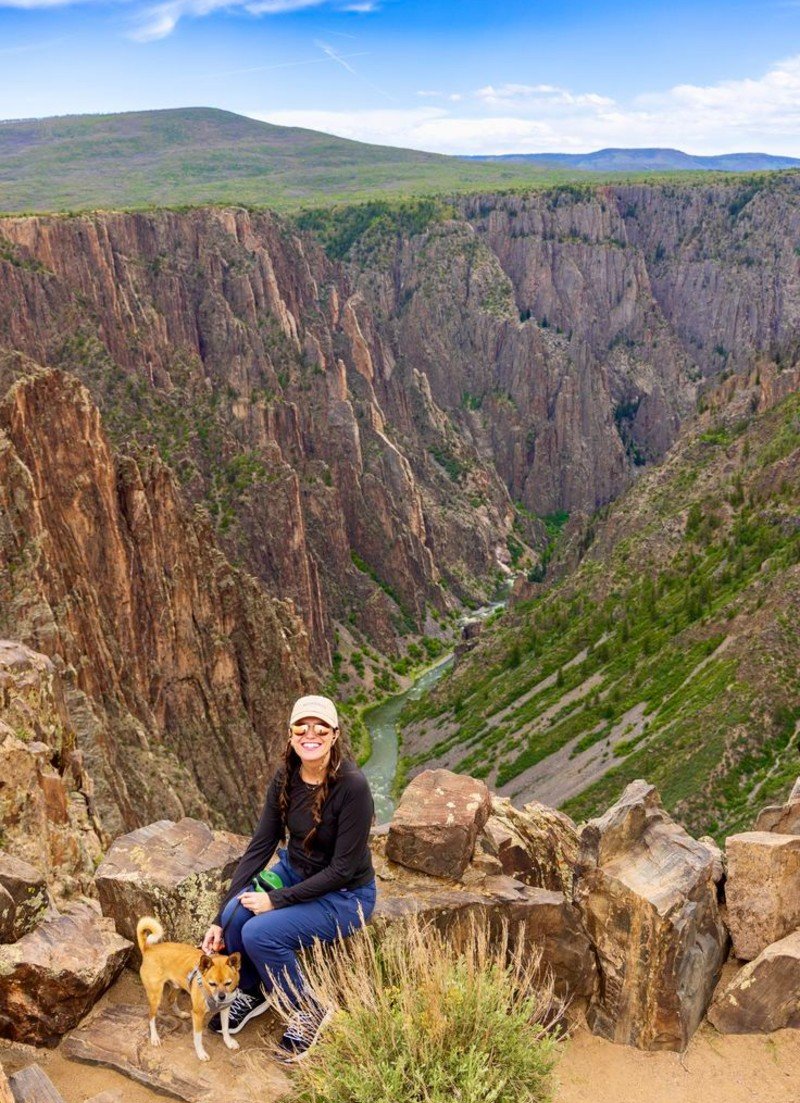
Grand Canyon’s South Rim draws 6.3 million visitors. The rim trail feels like a sidewalk in downtown Los Angeles. Parking fills up by 9 AM during summer.
Black Canyon of the Gunnison drops 2,700 feet through some of the steepest cliffs in North America. The “Painted Wall” shows 2 billion years of rock layers in vertical stripes.
This International Dark Sky Park offers stargazing that puts the Grand Canyon to shame. The Rim Rock Trail gives you cliff views without crowds. Warner Point Trail leads to overlooks where you might be the only person.
#5. Yosemite Valley → Devils Postpile National Monument
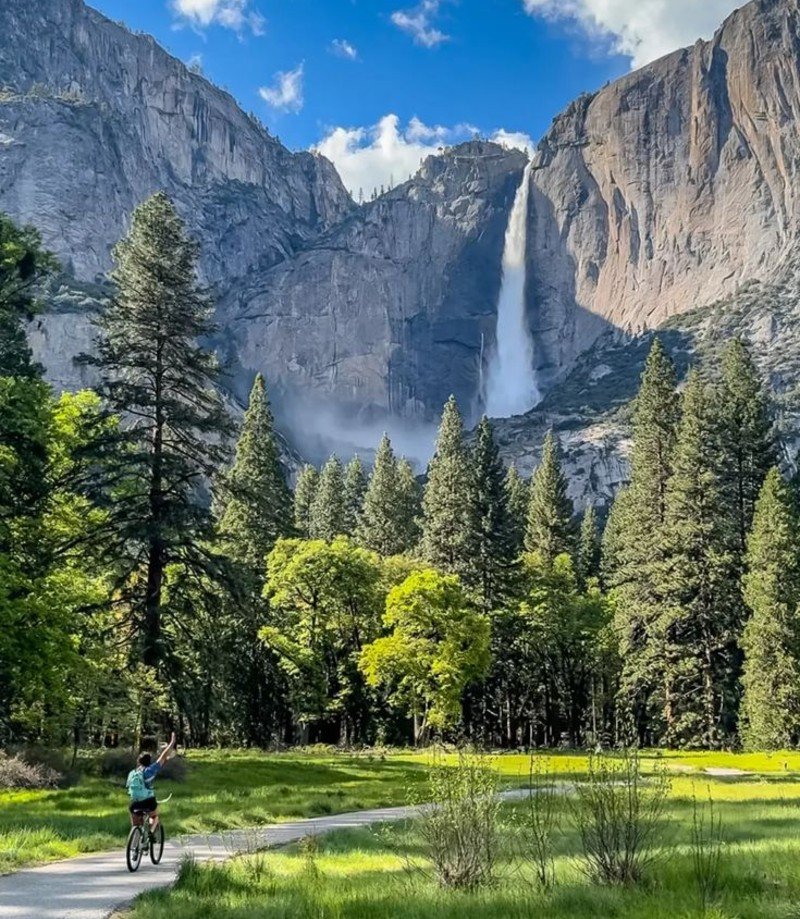
Yosemite Valley traffic moves slower than walking speed during summer. Half Dome permits sell out in minutes. You’ll spend more time in your car than on trails.
Devils Postpile sits 90 minutes from Yosemite with the same granite peaks and waterfalls. Rainbow Falls drops 101 feet into a pool that creates perfect rainbows in afternoon light.
The Devils Postpile formation shows rare columnar basalt that looks like giant organ pipes. You can touch these geological wonders instead of viewing them from crowded overlooks. The area opens to cars only during shuttle season, keeping crowds manageable.
#6. Joshua Tree → Saguaro National Park, Arizona
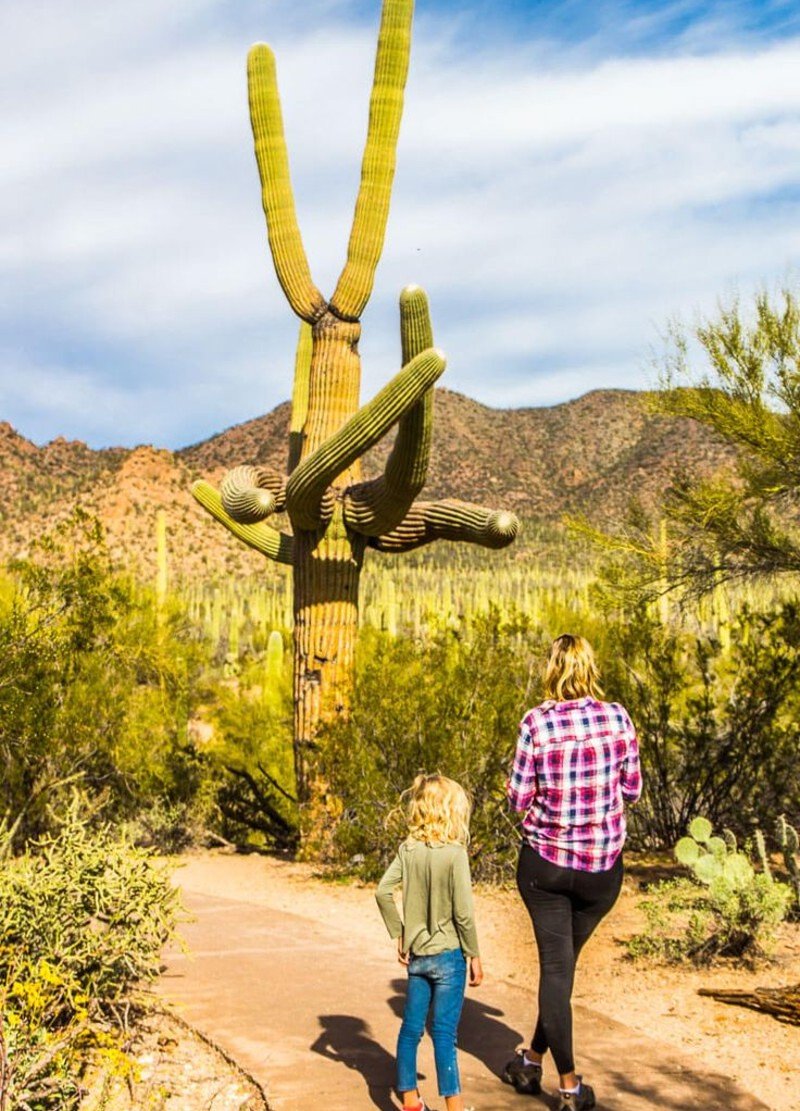
Joshua Tree’s popularity exploded thanks to Instagram. The park now limits entries during peak times. You’ll wait hours for parking at popular spots like Skull Rock.
Saguaro National Park near Tucson showcases giant cacti that dwarf Joshua trees. These saguaros reach 75 feet tall and live over 200 years.
The park splits into two districts connected by scenic drives. East district’s Cactus Forest Loop lets you drive through a forest of giants. West district offers sunset views over thousands of saguaros. Both sections feel spacious compared to Joshua Tree’s crowded parking areas.
#7. Arches → Goblin Valley State Park, Utah
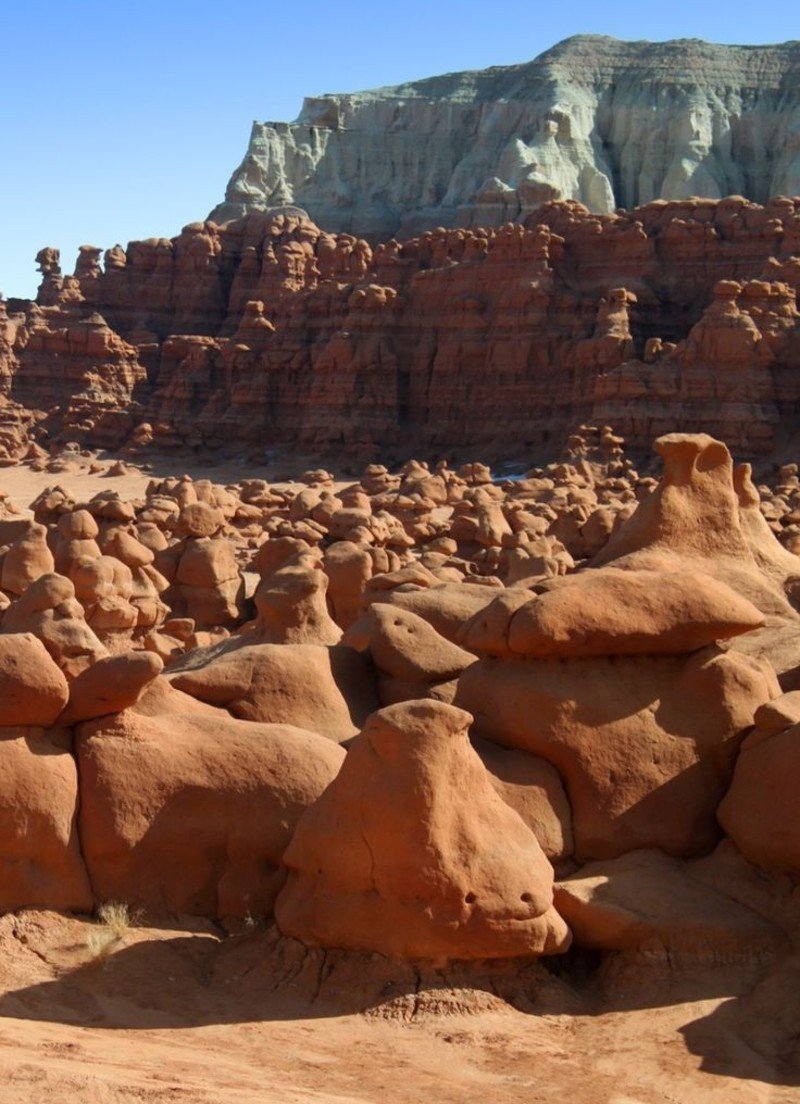
Arches requires timed entry permits that sell out fast. Delicate Arch draws photographers who camp out for hours before sunset. The park feels more like a photo studio than wilderness.
Goblin Valley State Park creates an alien landscape of mushroom-shaped rocks called hoodoos. These formations look like they belong on Mars.
No permits required. No reservations needed. You can climb on and explore the goblins instead of staying behind barriers. The park earned International Dark Sky status, so stars shine brighter than at Arches.
#8. Glacier → Glacier Peak Wilderness, Washington
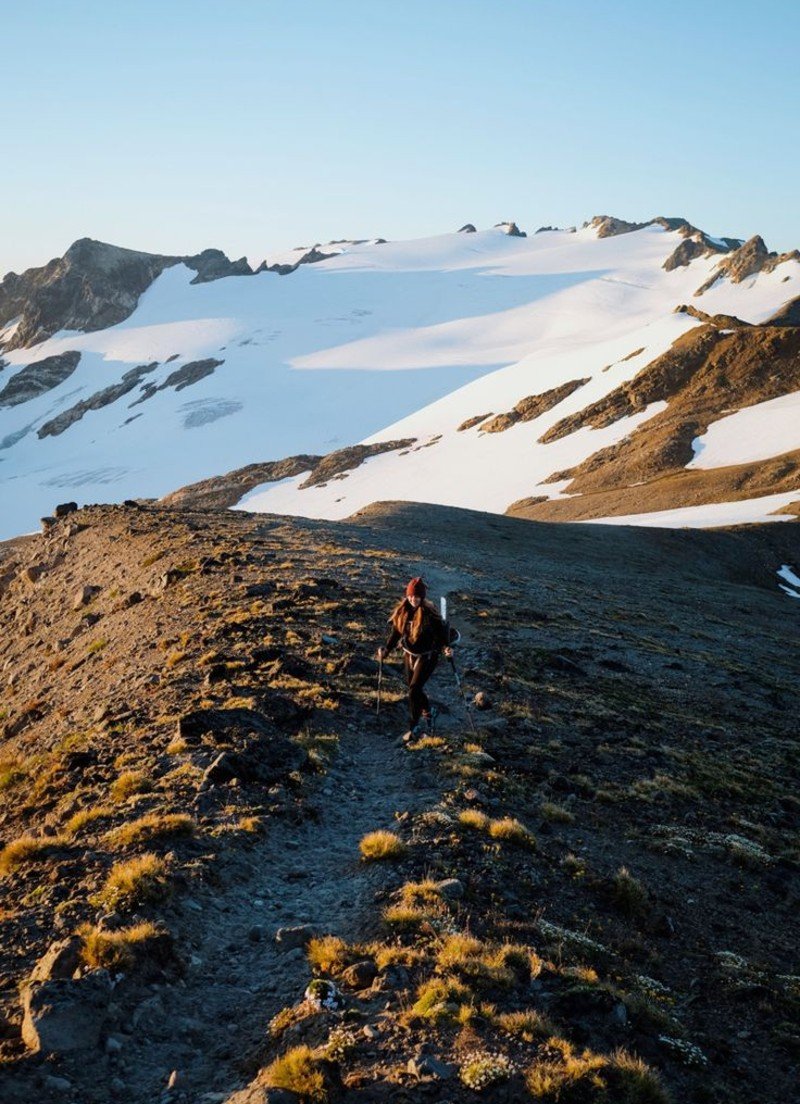
Glacier’s Going-to-the-Sun Road creates traffic jams that last hours. The road closes frequently due to weather or construction. Popular trails require shuttle rides that book up fast.
Glacier Peak Wilderness covers 572,000 acres of the same alpine scenery. Over 300 miles of trails lead to glaciers, peaks, and meadows without road access crowds.
True wilderness means no cars, no shuttles, and no parking lots. You’ll see more wildlife because animals avoid the busy roads in Glacier National Park. Permits cost less and stay available longer than Glacier’s popular spots.
#9. Rocky Mountain → State Forest State Park, Colorado
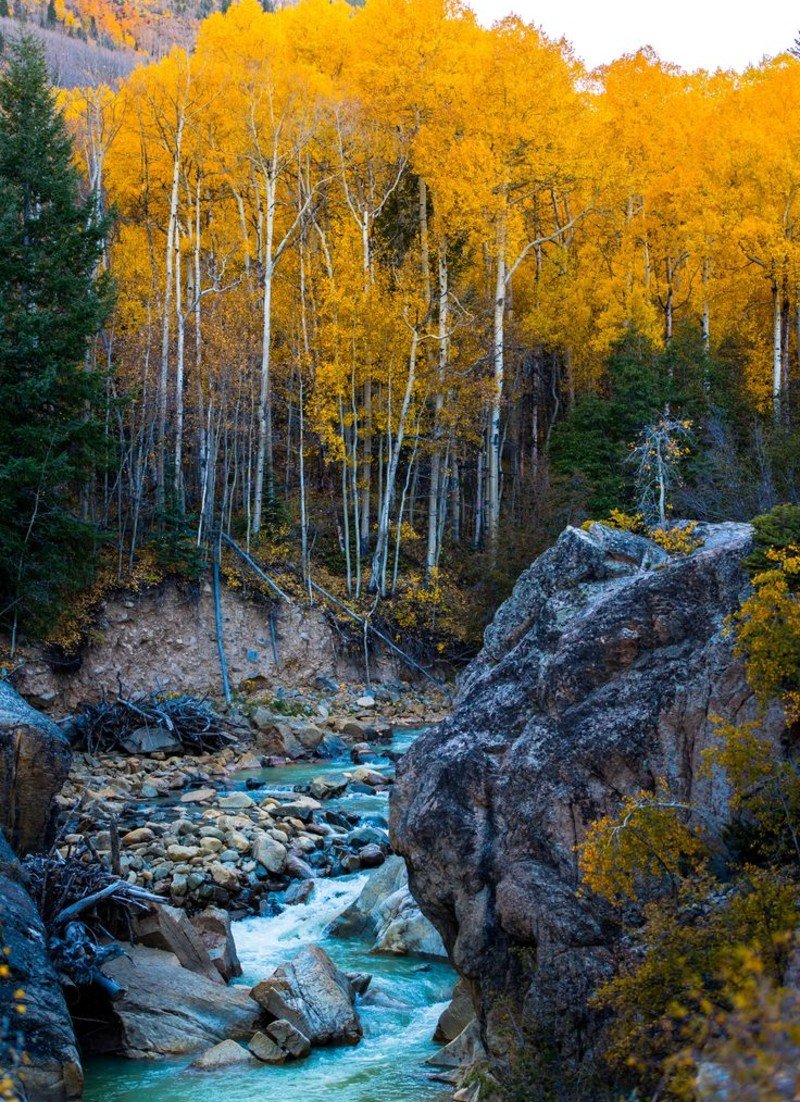
Rocky Mountain National Park draws 4.7 million visitors to just 265,000 acres. That’s 18 people per acre during busy seasons. Trail Ridge Road closes half the year but still creates summer traffic jams.
State Forest State Park offers 71,000 acres of the same alpine lakes and 14,000-foot peaks. Ranger Lakes reflect snow-capped mountains just like the famous shots from Rocky Mountain.
A 2-hour drive from Rocky Mountain gets you similar scenery with 95% fewer people. You can actually camp near alpine lakes instead of fighting for reservations. The park allows ATVs and snowmobiles in designated areas.
#10. Acadia → Tettegouche State Park, Minnesota
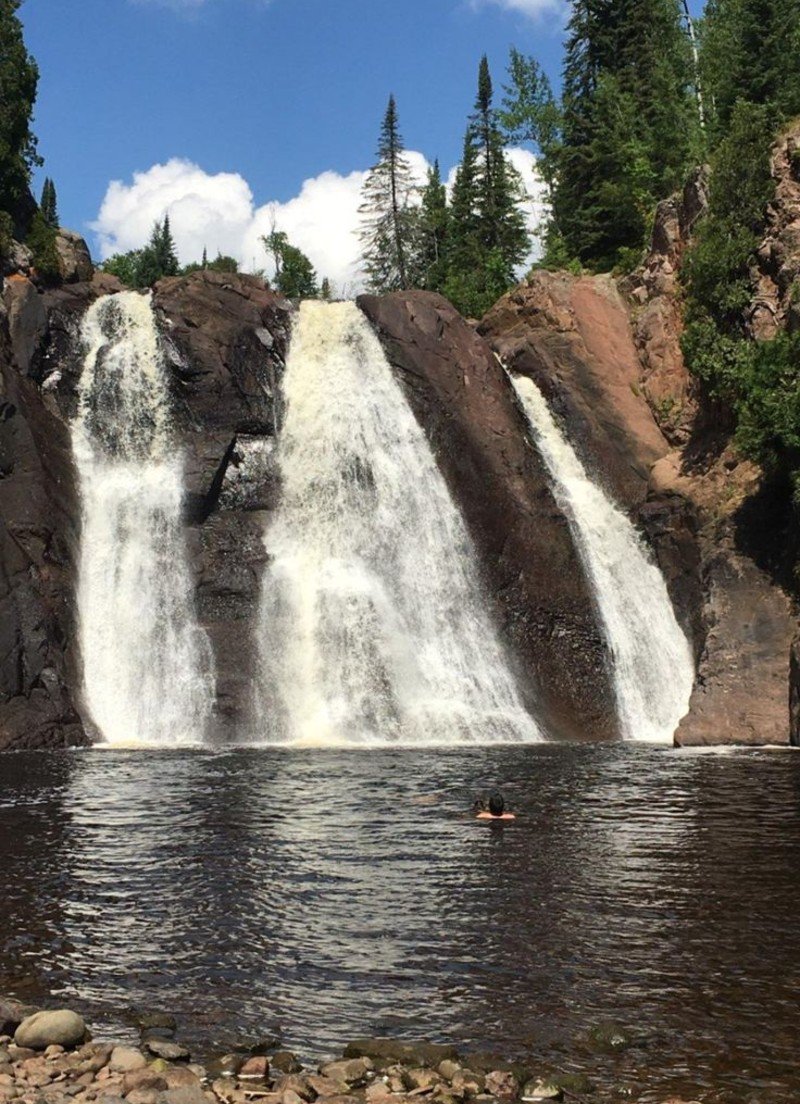
Acadia’s 3.5 million annual visitors create gridlock on the Park Loop Road. Cadillac Mountain requires reservations for sunrise viewing. The most scenic spots feel like outdoor shopping malls.
Tettegouche State Park sits on Lake Superior’s rocky shore with the same rugged coastline beauty. Three waterfalls and four inland lakes spread crowds across multiple destinations.
Twelve miles of the Superior Hiking Trail run through the park, connecting to 300+ miles of long-distance hiking. The rocky shoreline looks just like Maine’s coast but costs half as much to visit. You can rent cabins right on the lake.
#11. Olympic Rainforest → Pacific Rim National Park Reserve, Canada
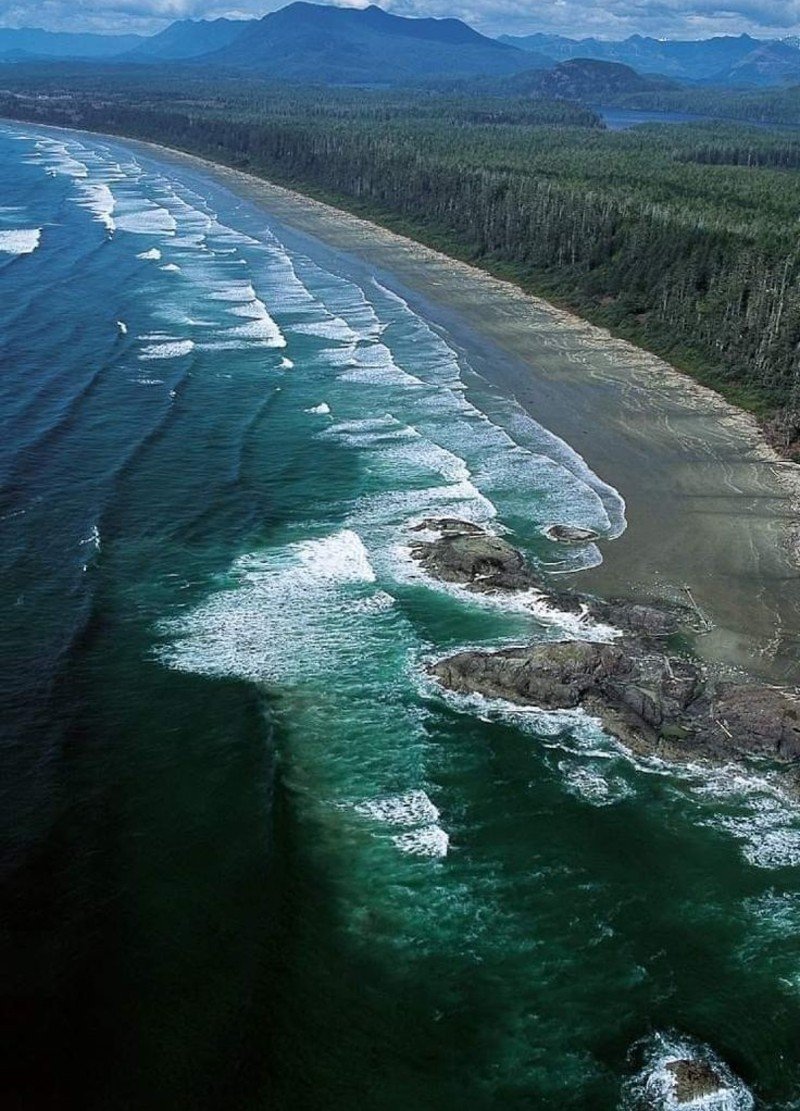
Olympic’s Hoh Rainforest requires long drives on winding roads to reach trailheads. Recent budget cuts reduced ranger programs and trail maintenance. The most accessible areas stay packed with tour buses.
Pacific Rim National Park Reserve continues the same temperate rainforest across the Canadian border. Ancient cedars and moss-covered trails feel even more pristine than Olympic’s popular spots.
Canada increased park funding while the US cut budgets. Better trail maintenance and more ranger programs mean higher quality experiences. The exchange rate often makes trips cheaper for US visitors.
#12. Bryce Canyon → Dixie National Forest, Utah
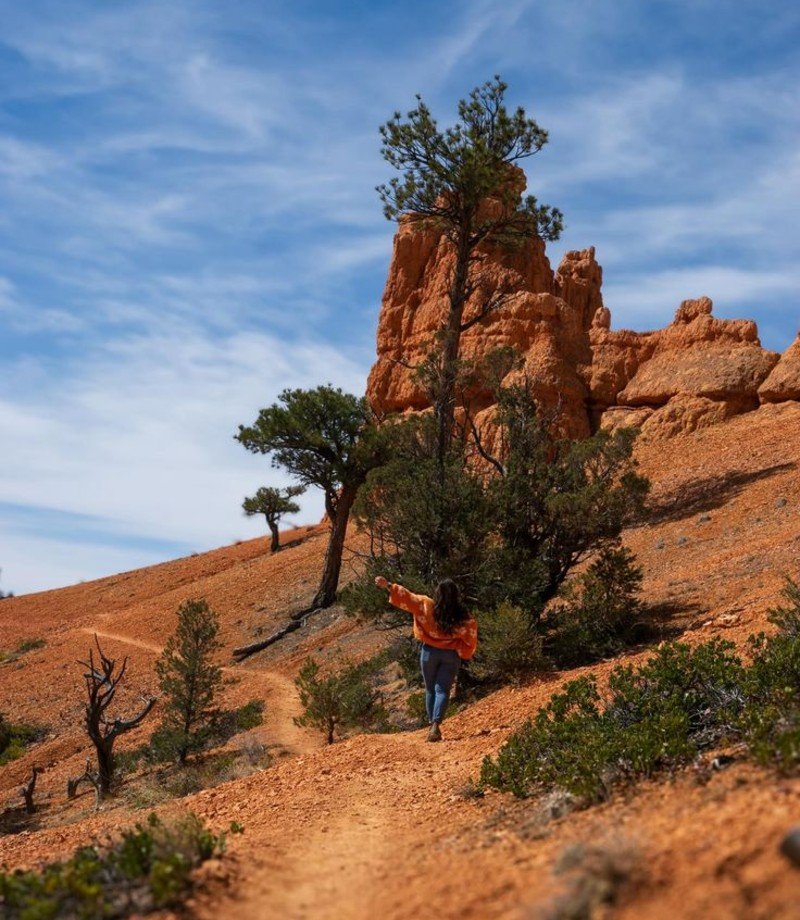
Bryce Canyon’s 2.1 million visitors crowd onto shuttle buses to see the same viewpoints. The most famous trails like Navajo Loop feel like hiking highways during peak season.
Dixie National Forest surrounds Bryce with nearly 2 million acres of the same red rock hoodoos. The Cassidy Trail leads to viewpoints that rival Bryce’s best shots.
No shuttles required. No entry fees. The forest offers dispersed camping where you can wake up surrounded by hoodoos instead of RVs. Brayton Point overlook gives you the classic hoodoo views without crowds.
#13. Capitol Reef → Cathedral Gorge State Park, Nevada
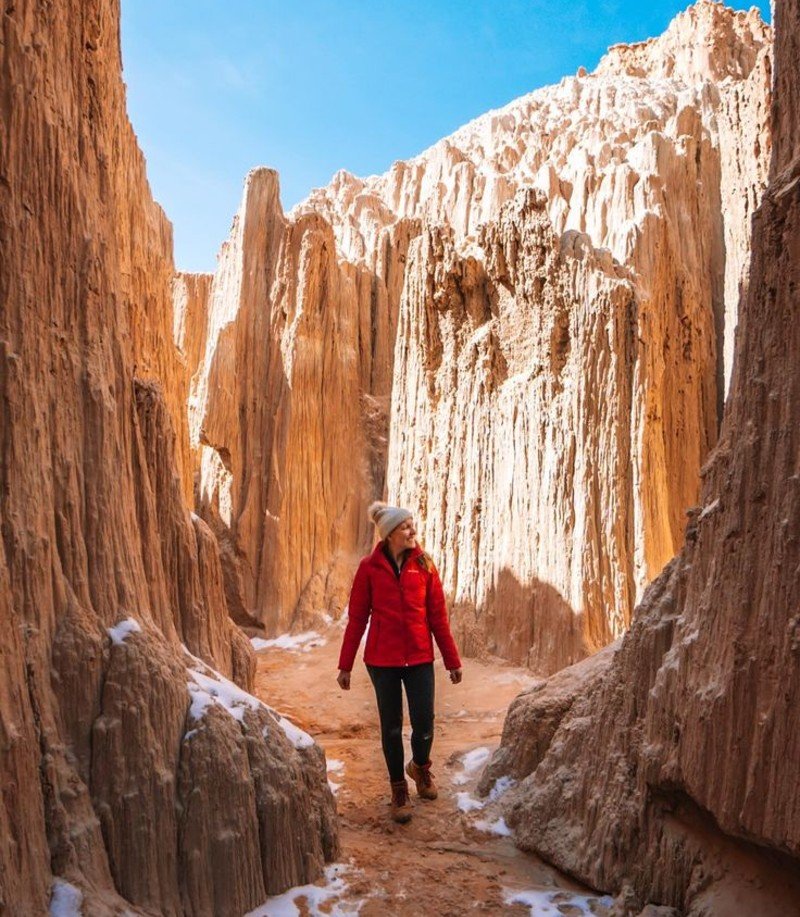
Capitol Reef’s scenic drive attracts visitors who never leave their cars. The park’s size means long drives between attractions. Popular petroglyphs sites get crowded with tour groups.
Cathedral Gorge State Park creates slot canyons lined with clay formations that look like cathedral spires. The delicate shapes rival any southwestern slot canyon.
Higher elevation means cooler temperatures than most desert parks. The formations erode constantly, creating new shapes every year. Miller Point Overlook gives you views across the entire gorge system.
#14. Hot Springs → Hot Springs State Park, Wyoming
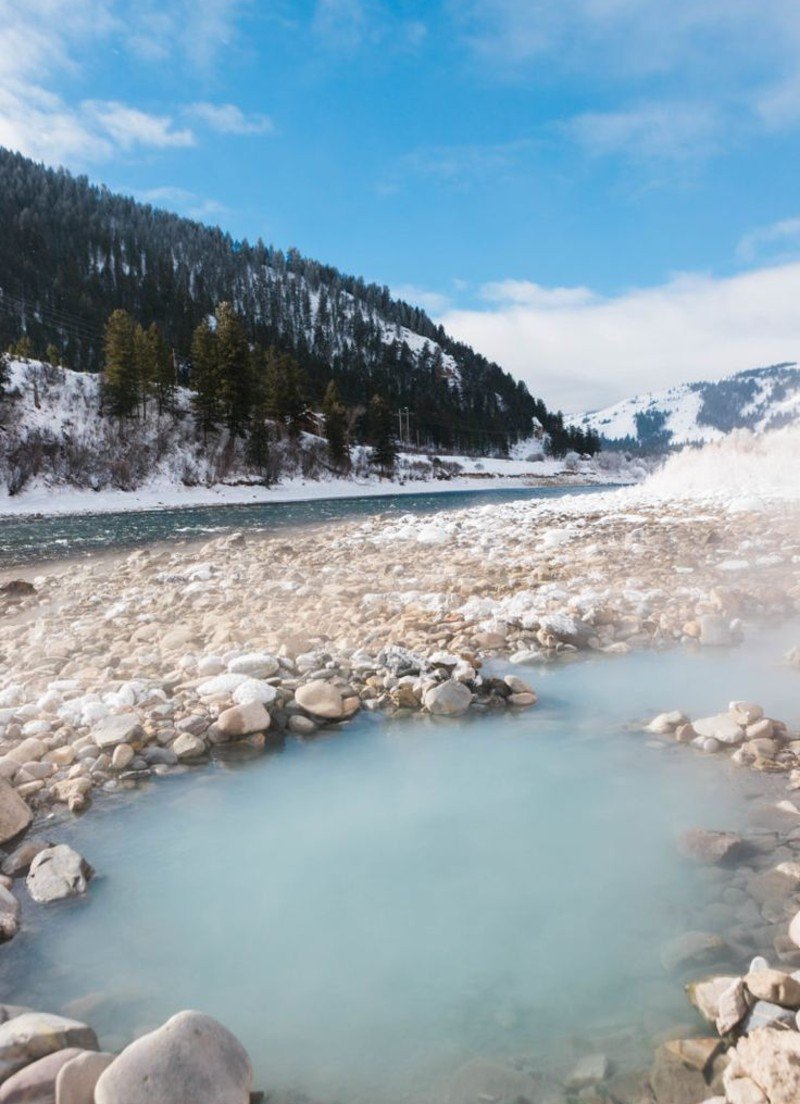
Hot Springs National Park in Arkansas feels more like a city spa than wilderness. The historic bathhouses charge premium prices for basic soaking. Urban setting limits wildlife viewing and hiking options.
Hot Springs State Park in Wyoming offers 1.8 million gallons of 128-degree mineral water daily from natural springs. The free public bathhouse lets you soak without entrance fees.
Bison herds roam the park year-round. The Bighorn River flows through the property, offering world-class trout fishing. Legend Rock Petroglyph Site sits 30 miles away with 283 rock art panels dating back 10,000 years.
#15. Death Valley → Anza-Borrego Desert State Park, California
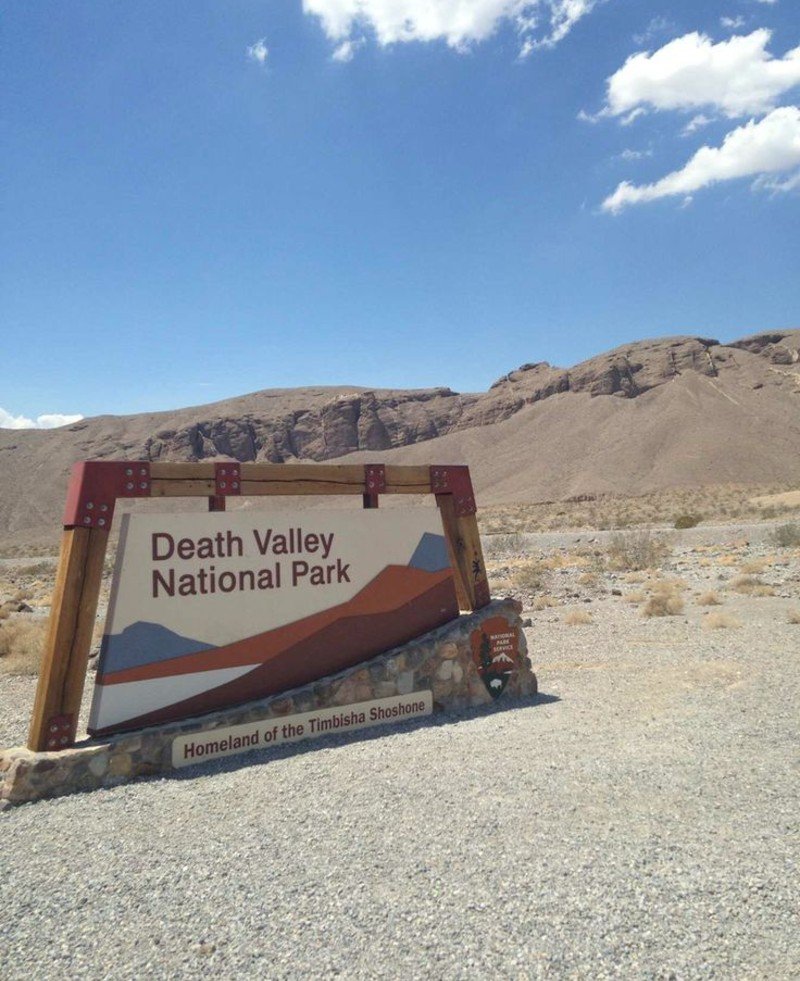
Death Valley’s size means hours of driving between attractions. Summer temperatures make hiking dangerous. The remote location adds hundreds of dollars in gas costs to reach from major cities.
Anza-Borrego Desert State Park covers 600,000+ acres of Sonoran Desert east of San Diego. Borrego Palm Canyon creates an oasis fed by underground springs.
Higher elevation keeps temperatures cooler than Death Valley. Spring wildflower blooms can cover thousands of acres in colorful carpets. Fonts Point offers badlands views that rival Death Valley’s most famous overlooks.
The Hidden World of National Forests: 193 Million Acres of Free Adventure
You’re paying $30+ per night for crowded campgrounds while millions of acres sit empty next door. Here’s what the national parks don’t want you to know: national forests offer better camping for free.
The Numbers Don’t Lie
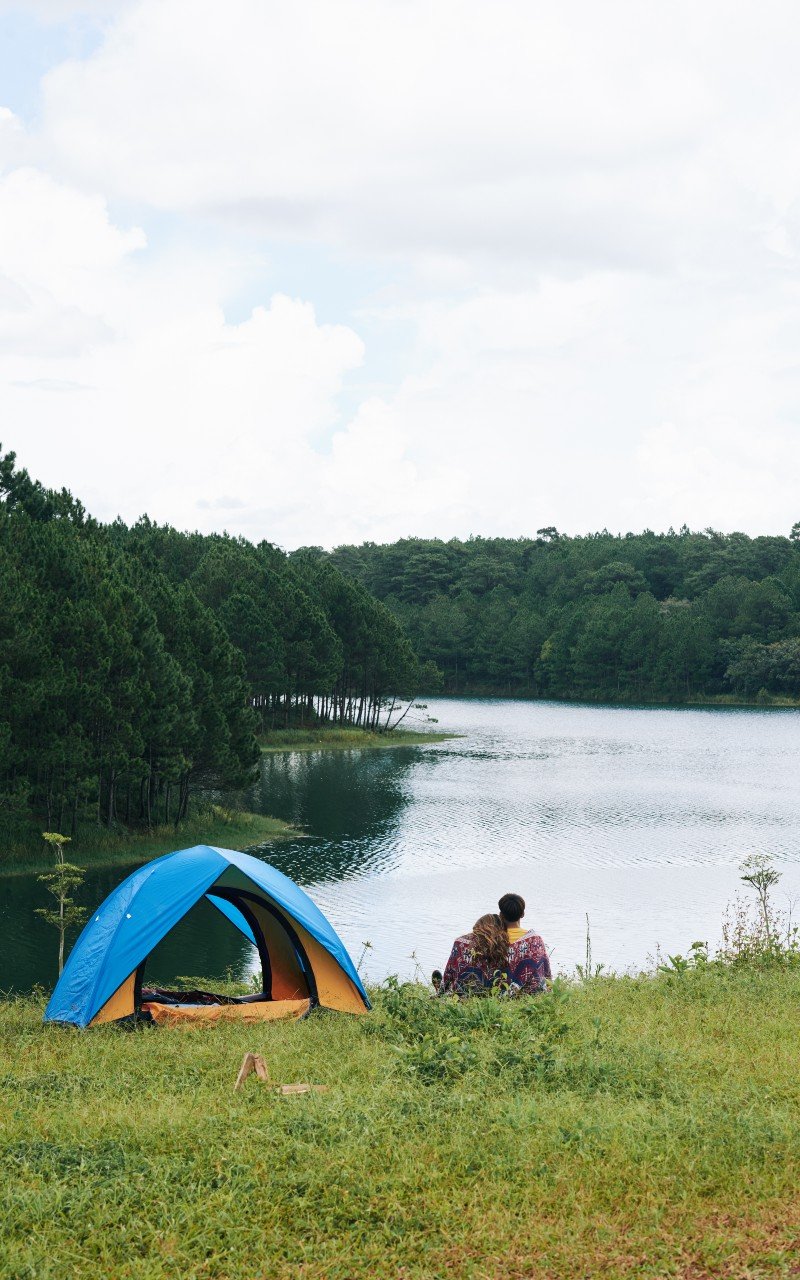
America has 154 national forests compared to just 63 national parks. That’s more than twice as many options. These national forests cover 193 million acres. That’s three times more land than all national parks combined.
Most people skip right past these forests on their way to famous parks. Big mistake. You’re missing out on the same mountains, lakes, and wildlife without the crowds or costs.
Free Camping Changes Everything
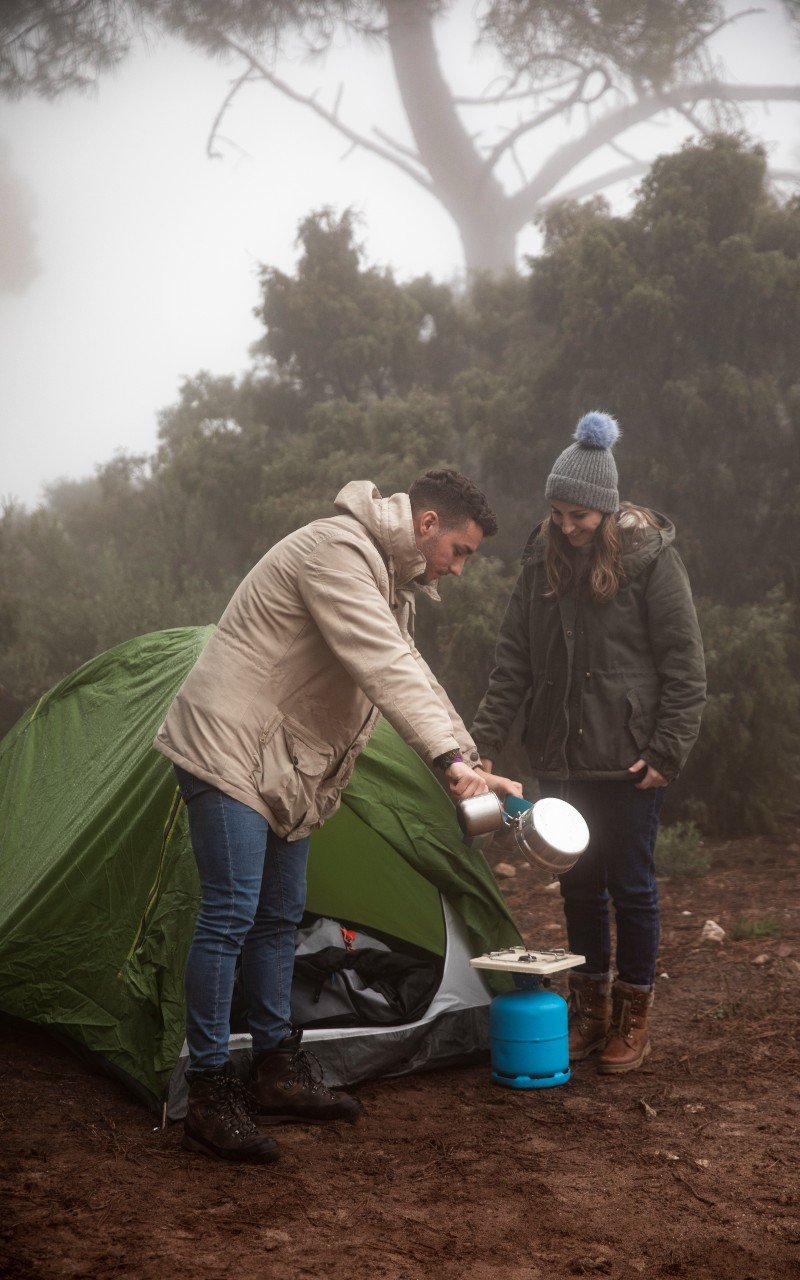
National forests allow dispersed camping in most areas. That means you can park your RV or pitch your tent anywhere that’s not specifically marked off-limits. No reservations. No fees. No neighbors 10 feet away.
Compare that to national parks where campground spots cost $35+ per night and book up months ahead. You’ll save hundreds on a week-long trip by choosing forests over parks.
The Best Kept Secrets
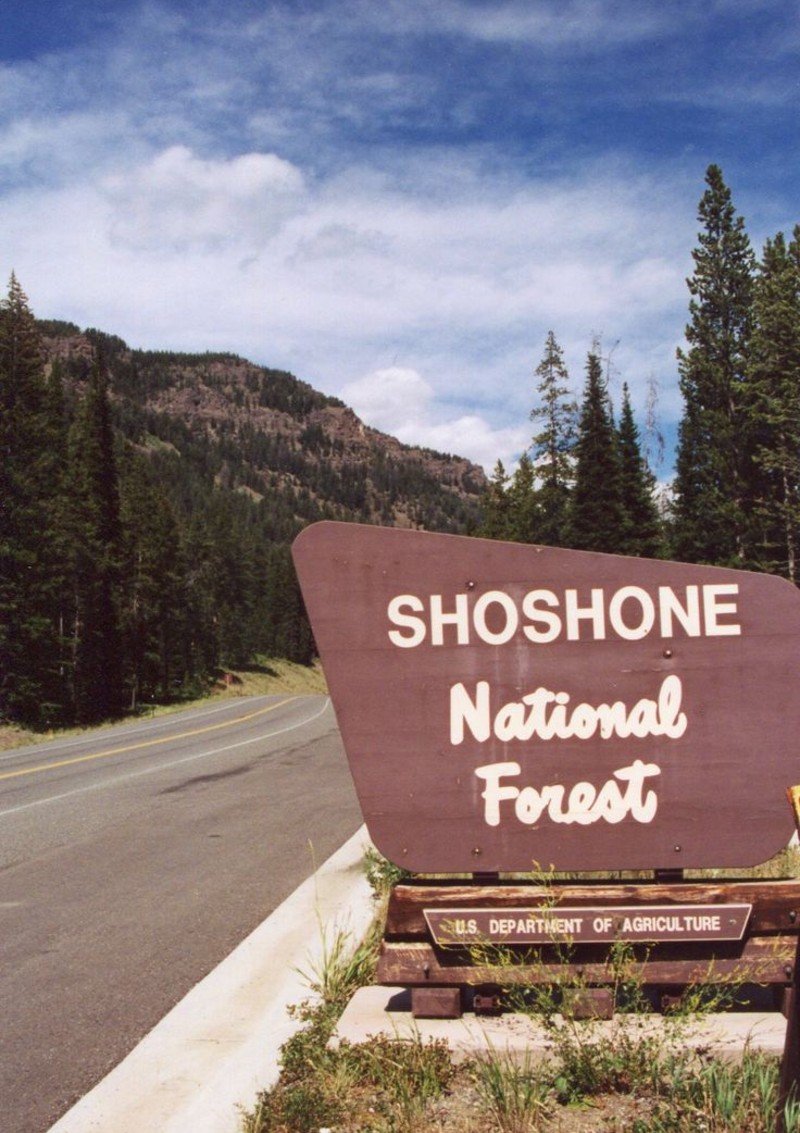
Shoshone National Forest in Wyoming sits right next to Yellowstone. You get the same alpine lakes and mountain peaks that make Yellowstone famous. The Beartooth Highway runs through both areas, but the forest sections have pullouts where you can camp with million-dollar views.
Dixie National Forest in Utah surrounds Bryce Canyon with nearly 2 million acres of the same red rock country. The hoodoos and slot canyons look identical to Bryce’s famous formations. Red Canyon offers hiking trails through formations that rival anything in the national park, but you won’t wait for shuttles or fight for parking.
Sierra National Forest in California borders Yosemite on three sides. The granite peaks, waterfalls, and giant sequoia groves continue right across the invisible park boundary. Bass Lake and Mammoth Pool offer the same mountain lake experiences you’d pay premium prices for inside Yosemite.
Why Forests Beat Parks
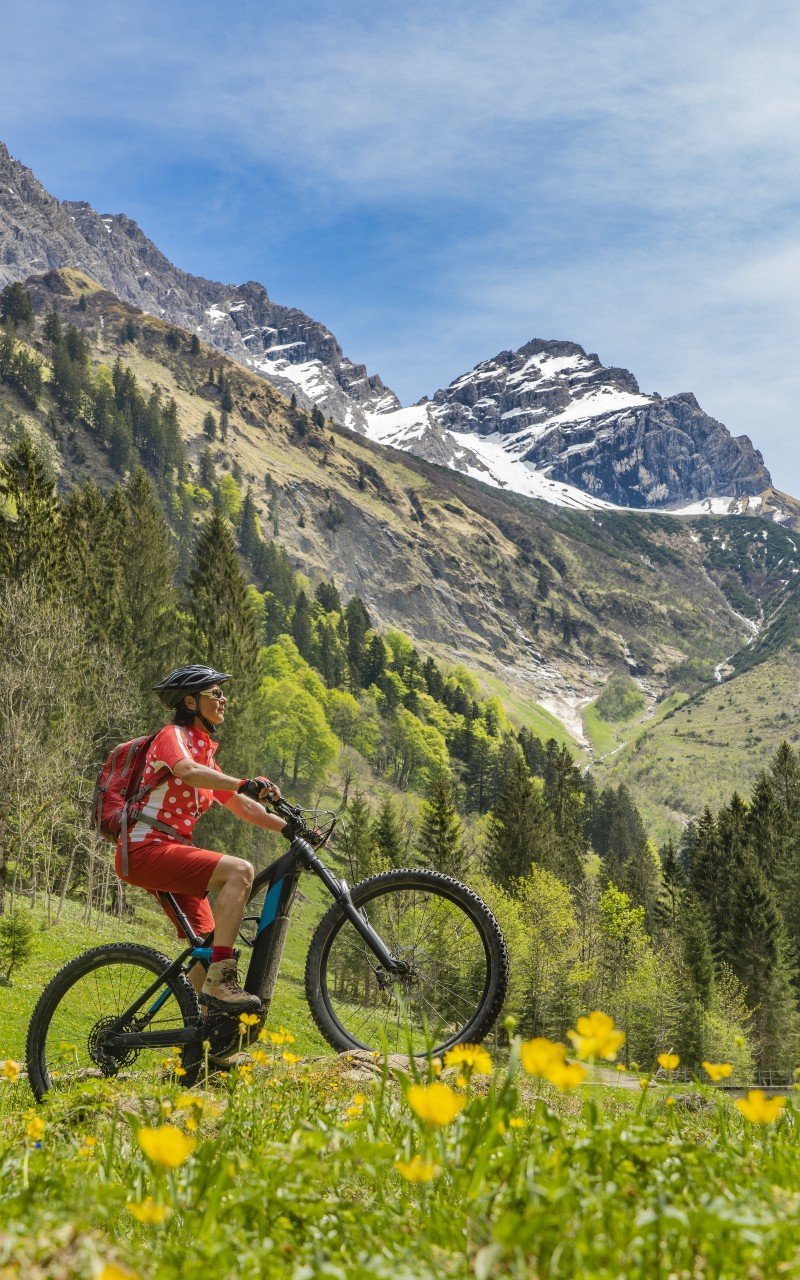
National forests operate under “multiple use” rules. That means you can bring your dog on most trails. You can ride bikes on forest roads. You can collect firewood and fish without special permits in most areas.
National parks restrict almost everything. Dogs stay on leash and can’t go on most trails. Bikes stick to paved roads only. You buy firewood from concession stands at inflated prices.
State Parks: America’s Best-Kept Secret for Outdoor Adventure
You’re paying national park prices for national park crowds while state parks offer better deals right next door. Here’s why smart travelers choose state parks over famous federal destinations.
The Hidden Truth About Numbers
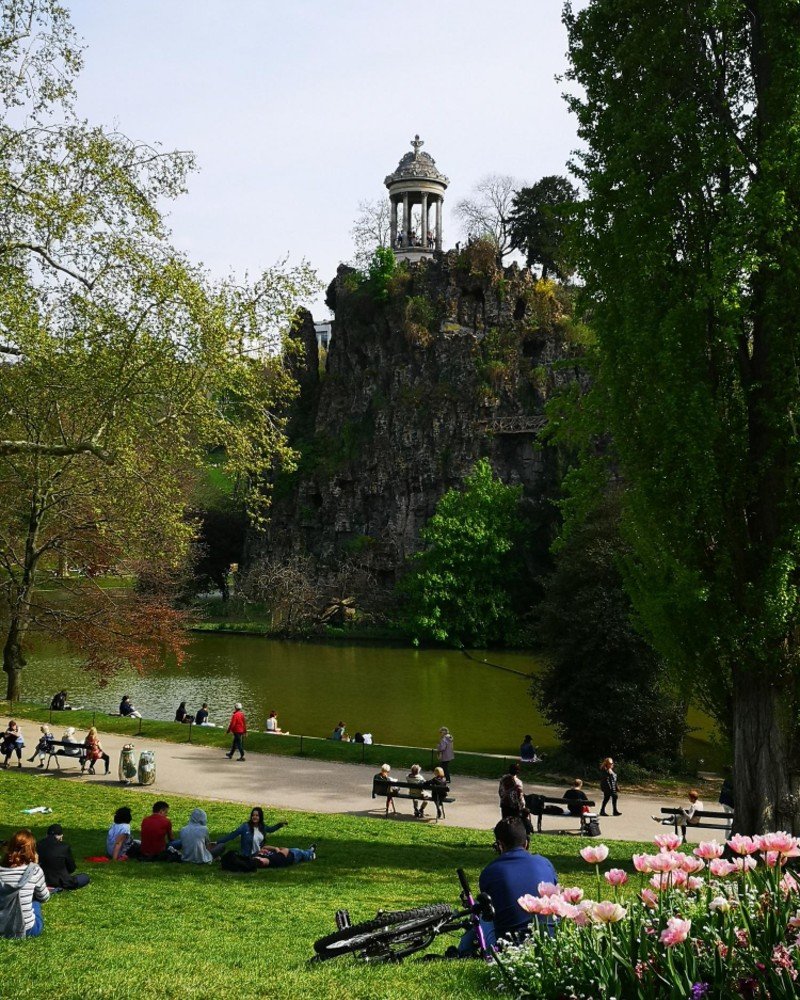
America has over 9,800 state parks compared to just 63 national parks. That’s 156 state parks for every national park. Most offer the same scenic beauty with fraction of the crowds and costs.
State park entry fees average $3-8 per person compared to $15-35 for national parks. Camping costs $15-25 per night instead of $35+ at national parks. Your family saves serious money by choosing state over federal.
State Parks That Rival National Parks
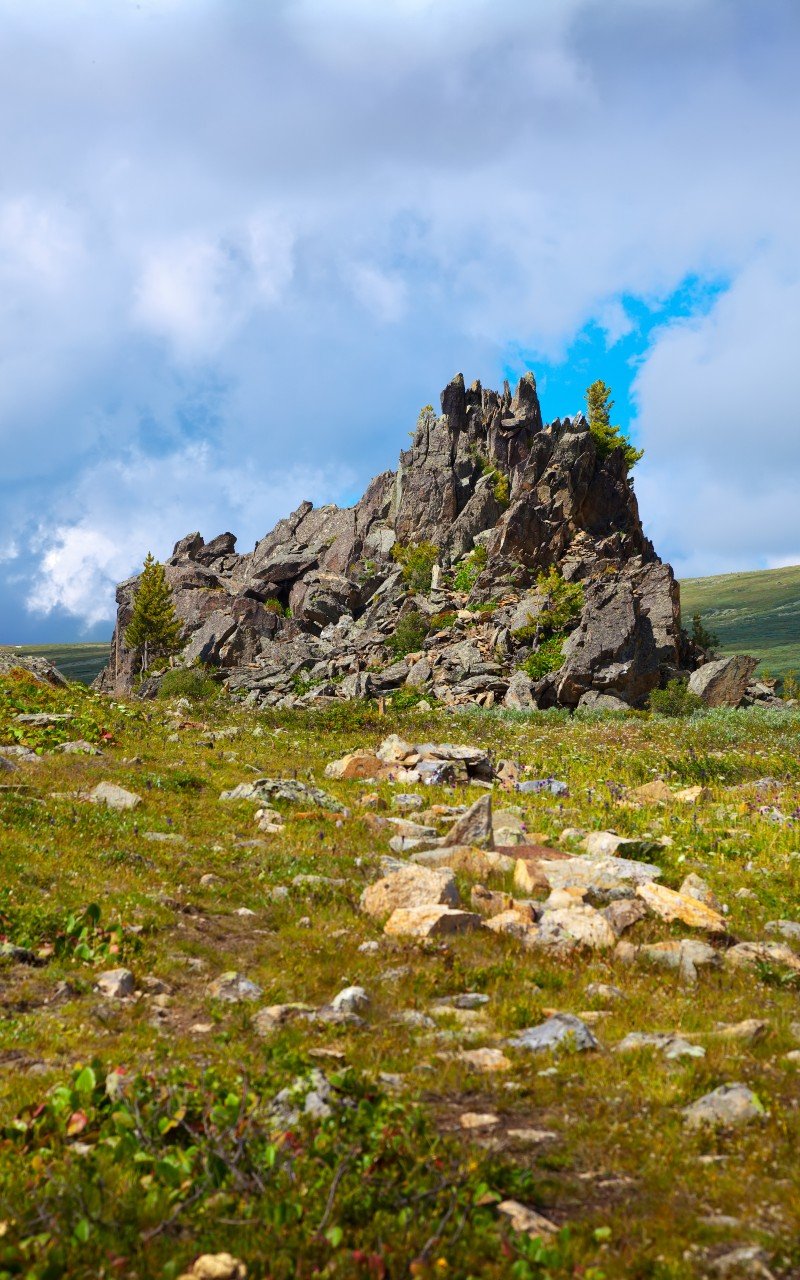
Black Rock Mountain State Park in Georgia sits at the highest elevation in the state. From the overlooks, you see four states spread below you just like the famous views from Great Smoky Mountains National Park. The difference? You won’t wait in line for photos or fight traffic jams on mountain roads.
The park’s 11 miles of trails wind through the same Appalachian forests that make the Smokies famous. Mountain laurel blooms in spring. Fall colors rival any national park display. But you’ll share these views with dozens of people instead of thousands.
Cathedral Gorge State Park in Nevada creates slot canyons that look like Antelope Canyon’s famous formations. The clay spires and narrow passages carved by erosion create the same dramatic photography opportunities. You just won’t pay Antelope Canyon’s $90+ tour fees or book months ahead for permits.
Wildlife Without the Circus
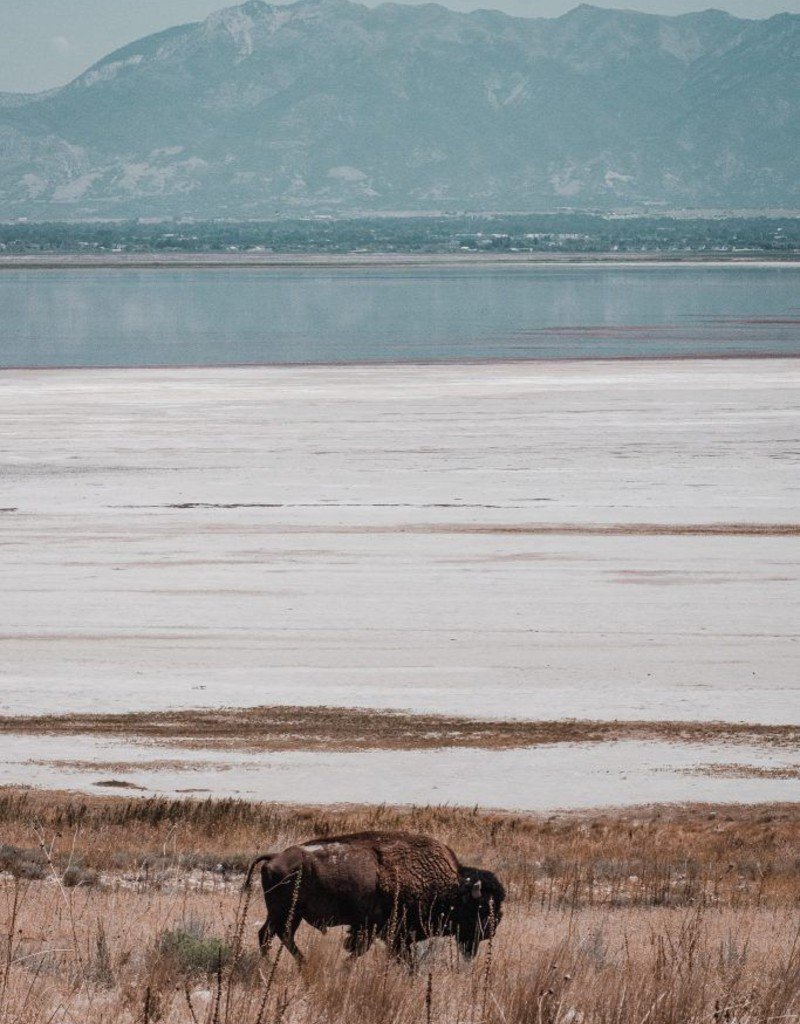
Antelope Island State Park in Utah puts you closer to bison herds than most Yellowstone experiences. The island in Great Salt Lake hosts over 700 bison that roam freely across 42 square miles. You can drive the 7-mile scenic route and see guaranteed bison sightings.
The island also supports bighorn sheep, pronghorn antelope, and over 250 bird species. Frary Peak trail leads to views across the entire Great Salt Lake basin. Spring brings wildflower displays that stretch for miles.
Better Access and Services
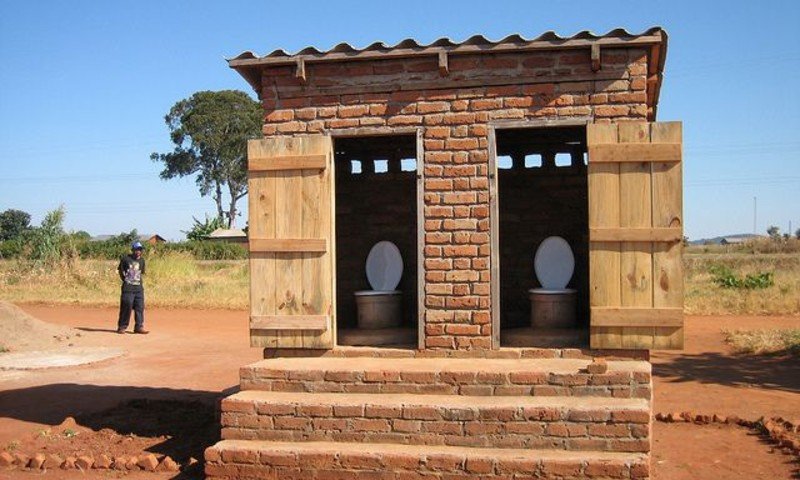
State parks typically sit closer to major cities than national parks. Most offer modern facilities like flush toilets, hot showers, and electrical hookups that many national parks lack. You get comfort without sacrificing natural beauty.
State park staff often know local areas better than seasonal national park employees. They can point you to hidden swimming holes, best fishing spots, and trails that don’t appear on official maps.
Pro Tips for Finding Your Own Hidden Gems
You’re tired of following the same crowded trails as everyone else. Here’s how to find amazing outdoor destinations that most people never discover.
Master the Government Websites
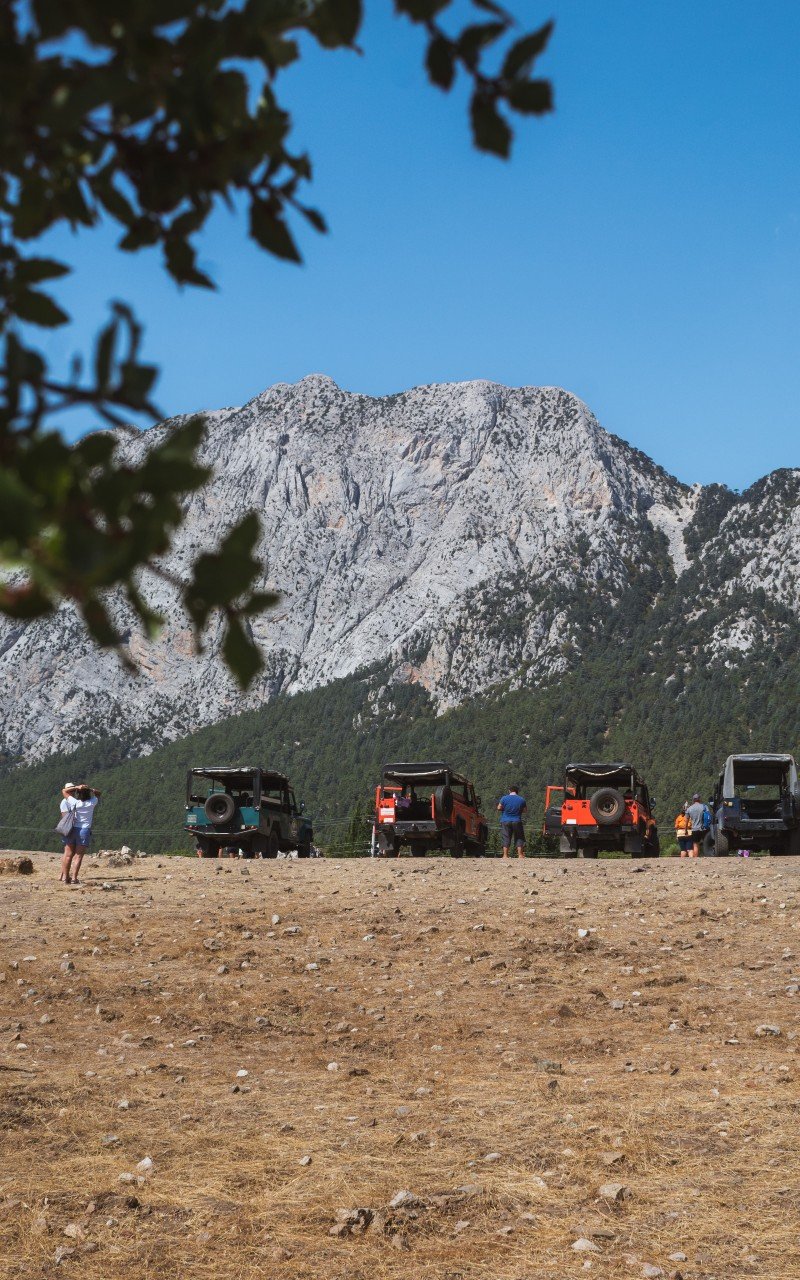
The Forest Service website holds the keys to millions of acres most people ignore. Use their interactive maps to find dispersed camping areas, remote trailheads, and scenic drives that don’t appear on Google Maps. Each national forest has its own page with local conditions and hidden gems.
Bureau of Land Management (BLM) areas offer some of America’s best hidden outdoor destinations. These public lands allow free camping for up to 14 days in most locations. The BLM website shows you maps of these areas plus rules for each region.
Army Corps of Engineers manages over 400 recreation areas focused on water activities. Their sites often have the best lakefront camping and water sports without the crowds of popular national recreation areas.
Time Your Trips for Success
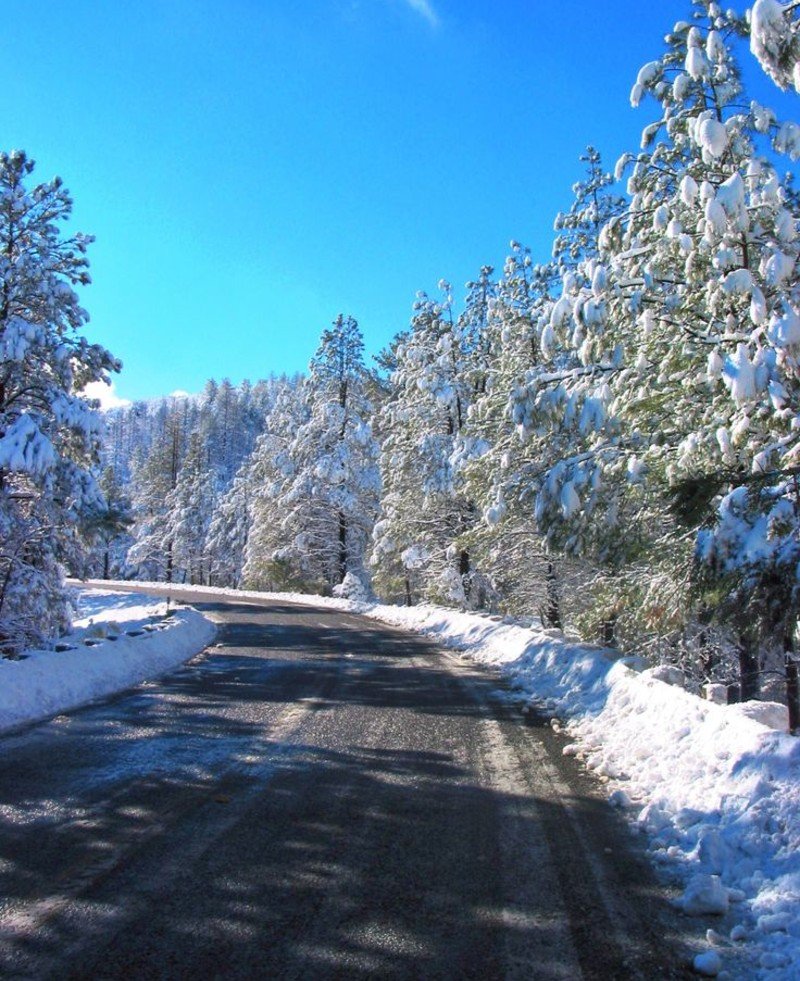
Shoulder seasons from February through May and October through December offer the best combination of good weather and small crowds. Most people stick to summer vacation schedules, leaving spring and fall wide open for smart travelers.
Winter visits to desert areas like southern Utah and Arizona provide perfect hiking weather while mountain parks deal with snow. Summer in northern areas like Montana and Wyoming offers comfortable temperatures while desert parks become furnaces.
Use Maps Like a Local
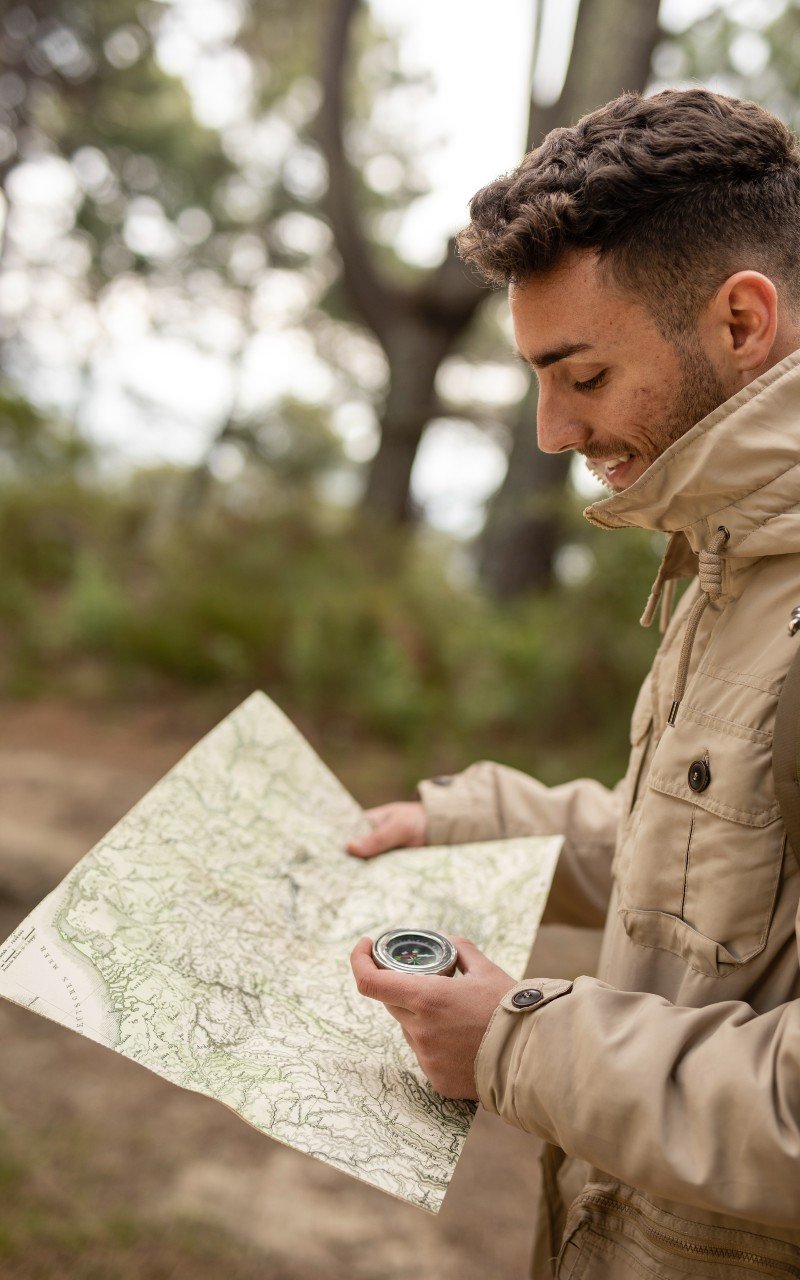
Buy paper maps from ranger stations instead of relying on phone GPS. These official maps show details that digital maps miss: dispersed camping areas, seasonal road closures, and trails that don’t appear online.
Topographic maps reveal hidden lakes, remote peaks, and secluded valleys that casual visitors never find. Learn to read contour lines to spot level camping areas and estimate hike difficulty.
Technology That Actually Helps
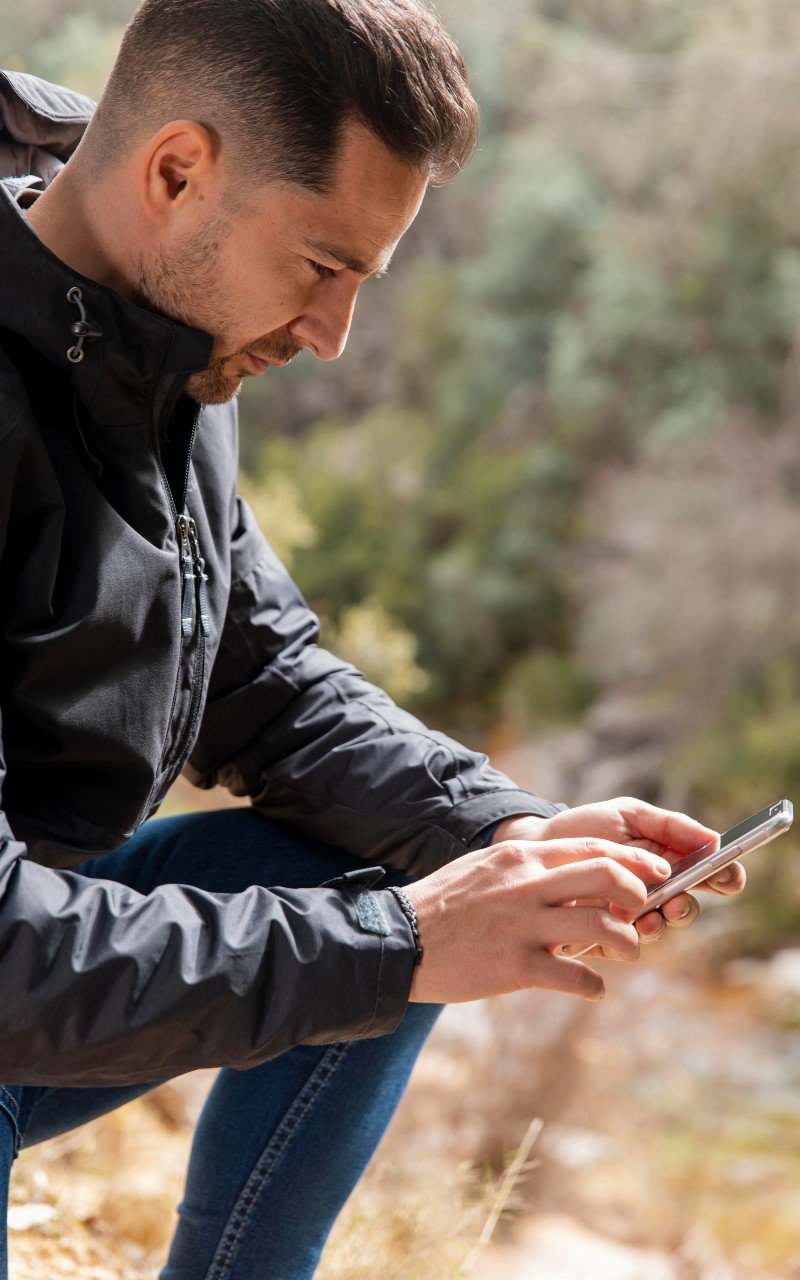
Apps like Campendium and iOverlander show you real camping spots with reviews from actual users. These apps focus on dispersed camping and lesser-known destinations instead of just official campgrounds.
AllTrails reveals hiking options beyond main park trails. Filter by difficulty, length, and recent reviews to find trails that match your abilities and interests.
FAQs
Do these alternative destinations really offer the same scenic beauty as famous national parks?
Yes, many alternatives match or exceed the famous parks for natural beauty. Snow Canyon State Park has the same red rock formations as Zion, just 45 minutes away. Black Canyon of the Gunnison offers steeper cliffs and more dramatic views than the Grand Canyon’s crowded South Rim.
How much money will I actually save by choosing alternatives over popular national parks?
You’ll save $200-500+ per trip depending on your family size and trip length. National parks charge $15-35 entrance fees while most state parks cost $3-8. National park camping runs $35+ per night compared to $15-25 at state parks. National forests offer free dispersed camping in most areas.
Do these alternative destinations have the same facilities and amenities as national parks?
Most alternatives offer better facilities than you’d expect. State parks typically provide modern restrooms, hot showers, and electrical hookups that many national parks lack. Army Corps of Engineers sites focus on water recreation with boat ramps, swimming areas, and lakefront camping.

